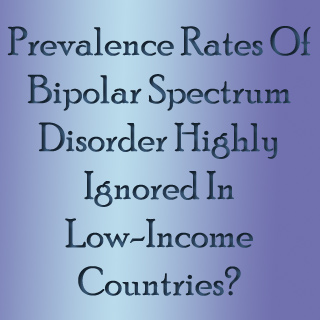
Cross-sectional, face-to-face and household surveys were initiated to describe the prevalence, symptom severity, patterns of co-existing illnesses, and patterns of service utilization for BPS in the World Health Organization World Mental Health Survey Initiative. Experts conducted surveys of 61,392 community adults in the United States, Mexico, Brazil, Colombia, Bulgaria, Romania, China, India, Japan, Lebanon, and New Zealand. The severity of symptoms seemed to be greater for depressive than manic episodes.
Investigators mention, “In a combined sample of 61,392 adults from 11 countries, the total lifetime prevalences were 0.6 percent for BP-I, 0.4 percent for BP-II, and 1.4 percent for sub-threshold BP, yielding a total BPS prevalence estimate of 2.4 percent worldwide.”
Over 74 percent respondents with depression and 50.9 percent respondents with mania allegedly had severe role impairment. Kathleen R. Merikangas, Ph.D., of the National Institute of Mental Health, Genetic Epidemiology Research Branch, Bethesda, Md., and colleagues observed that three-quarters of BPS patients met criteria for at least one other disorder. The most common comorbid condition probably included anxiety disorders and panic attacks. According to the surveys, treatment needs for BPS were highly ignored. Less than half of those with lifetime BPS supposedly received mental health treatment, especially in low-income countries.
The study is published in the March issue of Archives of General Psychiatry, one of the JAMA/Archives journals.
